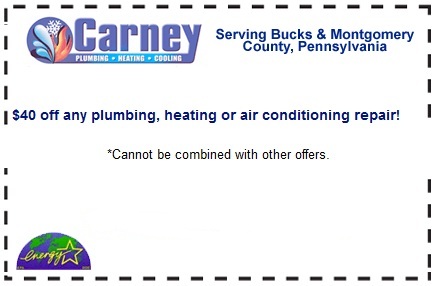What’s critical for proper ventilation during heating system installation?
- Combustion heating systems (oil or gas) require adequate combustion air, typically supplied via unintentional air leaks or dedicated ducts to the outdoors.
- A correctly functioning chimney (natural draft or manufactured) is essential to safely carry away combustion byproducts like carbon monoxide, preserving indoor air quality.
- When installing a new 80%+ AFUE furnace, reline the chimney, older liners can be damaged by acidic condensation from higher-efficiency appliances.
- Upgrading to a 90%+ AFUE unit or heat pump may eliminate the need for the old chimney; consider separately venting the water heater or resizing the chimney liner accordingly.
- For fan-assisted furnaces installed between 1987-1993, inspect for horizontal venting in high‑temperature plastic, these recalled configurations should be replaced with stainless steel vent pipe, sometimes with an added draft-inducing fan.
- Floor furnaces with long vent runs near the floor can pose safety risks; any signs of gas odors indicate an urgent venting issue requiring immediate professional attention.
Maintaining Proper Ventilation for Combustion Systems
Anytime you maintain, retrofit, or replace a gas heating system in your Buckingham home you also need to be concerned with air quality. Combustion air is needed by all oil and gas heating systems to support the combustion process. This air is provided in some homes by unintentional air leaks, or by air ducts that connect to the outdoors. The combustion process creates several byproducts that are potentially hazardous to human health and can cause deterioration in your home. You can protect yourself from these hazards, as well as maintain energy efficiency, by ensuring that your chimney system functions properly and that your gas heating system is properly ventilated. In some cases, installing a sealed-combustion furnace can also help.
Chimneys
Properly functioning chimney systems will carry combustion byproducts out of the home. Therefore, chimney problems put you at risk of having these byproducts, such as carbon monoxide, spill into your home.
Most older gas furnaces have naturally drafting chimneys. The combustion gases exit the home through the chimney using only their buoyancy combined with the chimney’s height. Naturally drafting chimneys often have problems exhausting the combustion gases because of chimney blockage, wind or pressures inside the home that overcome the buoyancy of the gases. Homeowners should also be aware of the signs of an undersized furnace, as improper system size can worsen ventilation and efficiency problems.
Atmospheric, open-combustion furnaces, as well as fan-assisted furnaces, should be vented into masonry chimneys, metal double-wall chimneys, or another type of manufactured chimney. Masonry chimneys should have a fireclay, masonry liner or a retrofitted metal flue liner.
Many older chimneys have deteriorated liners or no liners at all and must be relined during furnace replacement. A chimney should be relined when any of the following changes are made to the combustion heating system:
When you replace an older furnace with a newer one that has an AFUE of 80% or more. These mid-efficiency appliances have a greater risk of depositing acidic condensation droplets in chimneys, and the chimneys must be prepared to handle this corrosive threat. The comparison of high versus mid-efficiency furnaces can help you understand which system type will best fit your home while ensuring your chimney is properly lined. The new chimney liner should be sized to accommodate both the new heating appliance and the combustion water heater by the installer.
When you replace an older furnace with a new 90+ AFUE appliance or a heat pump. In this case, the heating appliance will no longer vent into the old chimney, and the combustion water heater will now vent through an oversized chimney. This oversized chimney can lead to condensation and inadequate draft. To avoid these issues, it’s crucial to check if your HVAC system is properly sized before installation and make sure venting is handled by a qualified professional.
Other Ventilation Concerns
Some fan-assisted, non-condensing furnaces, installed between 1987 and 1993, may be vented horizontally through high-temperature plastic vent pipe (not PVC pipe, which is safely used in condensing furnaces). This type of venting has been recalled and should be replaced by stainless steel vent pipe. If horizontal venting was used, an additional draft-inducing fan may be needed near the vent outlet to create adequate draft. Floor furnaces may have special venting problems because their vent connector exits the furnace close to the floor and may travel 10 to 30 feet before reaching a chimney. Check to see if this type of venting or the floor furnace itself needs replacement. If you smell gases, you have a venting problem that could affect your health. Contact your local utility or Buckingham heating contractor to have this venting problem repaired immediately.
Chimneys can be expensive to repair, and may help justify installing new heating equipment that won’t use the existing chimney.
Continue Reading


